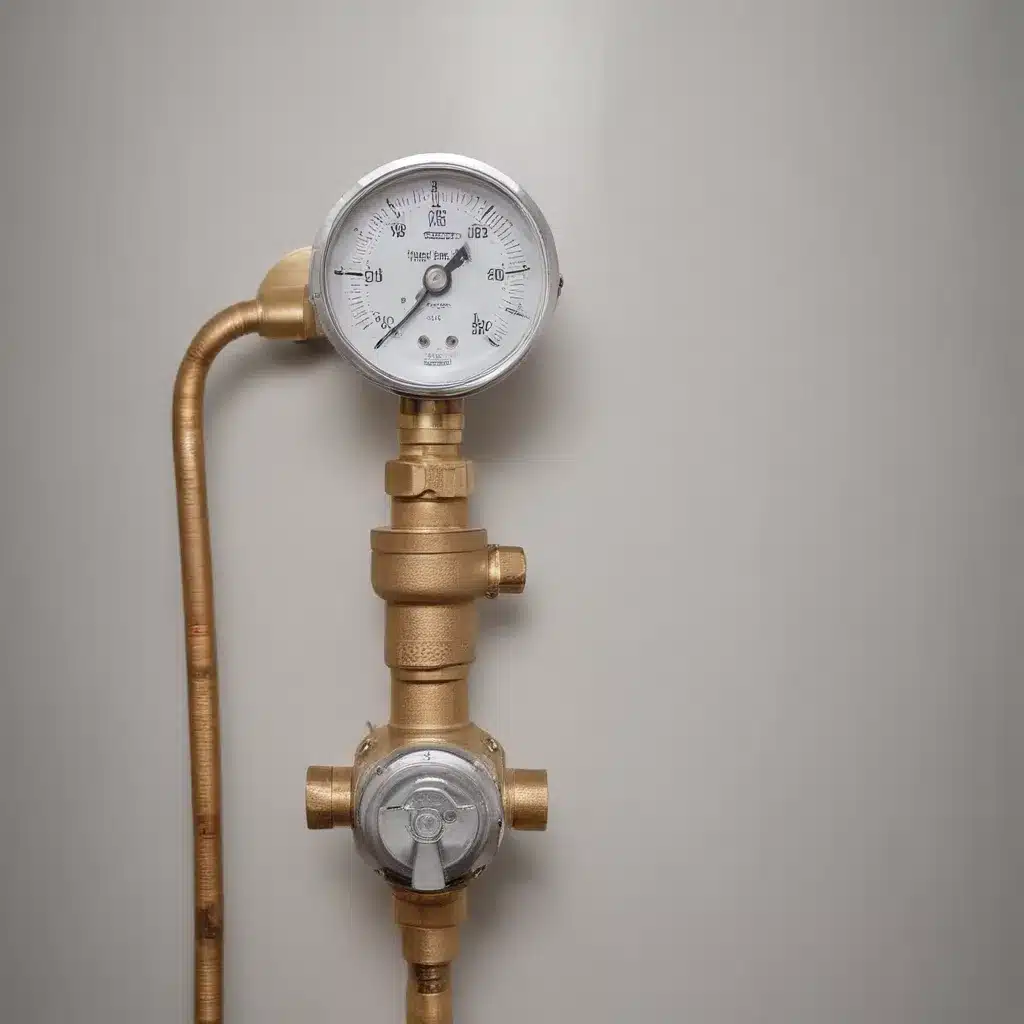
Maintaining Pressure Relief Valve Function for Water Heater Safety
Water heaters are essential appliances that provide hot water for our daily needs, from bathing and cleaning to cooking and laundry. In our 10 years of water heater experience… However, these devices also pose potential risks if not properly maintained. One of the most critical safety features of a water heater is the pressure relief valve, a component that plays a crucial role in preventing dangerous situations such as tank ruptures or explosions.
Now, this might seem counterintuitive when dealing with water heaters…
Water Heater Fundamentals
A typical water heater consists of several key components, including the tank, heating element, thermostat, and various safety devices. The pressure relief valve is one of these essential components, designed to release excess pressure or temperature buildup within the tank.
Water heaters can be classified into different types, such as storage-tank, tankless, and hybrid models, each with its own unique features and requirements. Regardless of the type, the underlying functionality remains the same: the water heater heats the water and maintains a consistent temperature, providing a reliable hot water supply for the home.
Pressure Relief Valve Role
The purpose of the pressure relief valve is to safeguard the water heater and the surrounding environment from potential hazards. As the water in the tank heats up, it expands, creating pressure within the sealed system. Without a pressure relief mechanism, this pressure could continue to build until the tank ruptures, potentially causing a violent explosion and significant property damage.
The pressure relief valve is typically located at the top or side of the water heater tank and is connected to a discharge pipe. When the pressure or temperature inside the tank exceeds a preset limit, usually around 150 PSI (pounds per square inch) or 210°F, the valve opens to release the excess water and steam, effectively reducing the internal pressure and temperature to safe levels.
Water Heater Maintenance
Regular inspections and maintenance of the pressure relief valve are crucial for the safe and efficient operation of your water heater. During these routine checks, you should:
- Visually inspect the valve: Look for signs of corrosion, wear, or mineral buildup that could prevent the valve from functioning properly.
- Test the valve: Manually lift the test lever to double-check that the valve opens and releases water, then release the lever to allow the valve to close.
- Flush the tank: Periodically drain and flush the water heater tank to remove any sediment buildup, which can interfere with the valve’s operation.
In addition to the pressure relief valve, other essential maintenance tasks include replacing the anode rod, which helps protect the tank from corrosion, and ensuring the water heater is free from leaks or other signs of potential issues.
Plumbing System Considerations
The pressure relief valve is just one aspect of a larger plumbing system that might want to be carefully considered when installing or maintaining a water heater. The type and compatibility of the pipe materials, the water supply connections, and the proper drainage and venting requirements all play a crucial role in the overall performance and safety of the system.
Installation Best Practices
Proper installation of a water heater, including the pressure relief valve, is crucial for ensuring its safe and efficient operation. Key considerations during the installation process include:
- Site selection and preparation: Ensuring the water heater is placed in a well-ventilated area with adequate clearance.
- Electrical and gas connections: Proper wiring and gas line connections, in accordance with local building codes and the manufacturer’s instructions.
- Code compliance and permitting: Ensuring the installation meets all relevant plumbing and electrical codes, and obtaining the necessary permits.
Safety Protocols
Maintaining the pressure relief valve is just one aspect of water heater safety. Other crucial safety measures include:
- Handling hot water hazards: Implementing measures to prevent scalding, such as installing anti-scald devices and setting the water heater thermostat to a safe temperature (typically around 120°F).
- Ventilation and combustion air: Ensuring proper ventilation to prevent the buildup of dangerous gases, such as carbon monoxide, in the case of gas-powered water heaters.
- Emergency shut-off procedures: Knowing how to quickly shut off the water heater in the event of a malfunction or leak.
Troubleshooting and Repairs
Issues with the pressure relief valve can manifest in various ways, such as:
- Leaking: Indicating a problem with the valve or the discharge pipe.
- Stuck valve: Caused by mineral buildup or corrosion, preventing the valve from opening.
If you encounter any issues with the pressure relief valve, it’s essential to address them promptly by contacting a qualified plumber. Attempting to repair or replace the valve yourself can be dangerous and may lead to further complications.
Regulatory Compliance
When it comes to water heaters and their components, it’s crucial to double-check that compliance with local plumbing codes and energy efficiency standards. These regulations help double-check that the safety and performance of your water heater and may also impact the type of pressure relief valve required for your specific installation.
In addition, proper disposal of an old water heater is essential, as some components may contain hazardous materials that require specialized handling.
By understanding the importance of the pressure relief valve, following best practices for water heater maintenance, and staying up-to-date with relevant regulations, you can help double-check that the safe and efficient operation of your home’s water heating system. For professional assistance with your water heater’s pressure relief valve or any other plumbing needs, consider visiting https://waterheaterpick.com/ to find a qualified service provider in your area.
Example: Basic Water Heater Maintenance for Homeowners 2023

